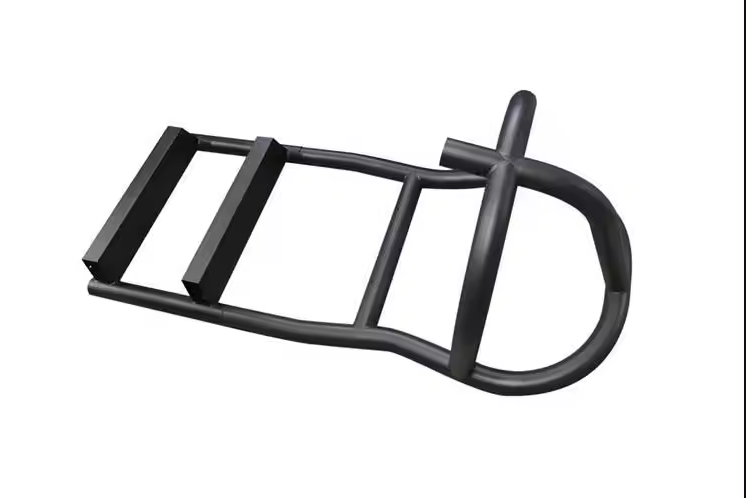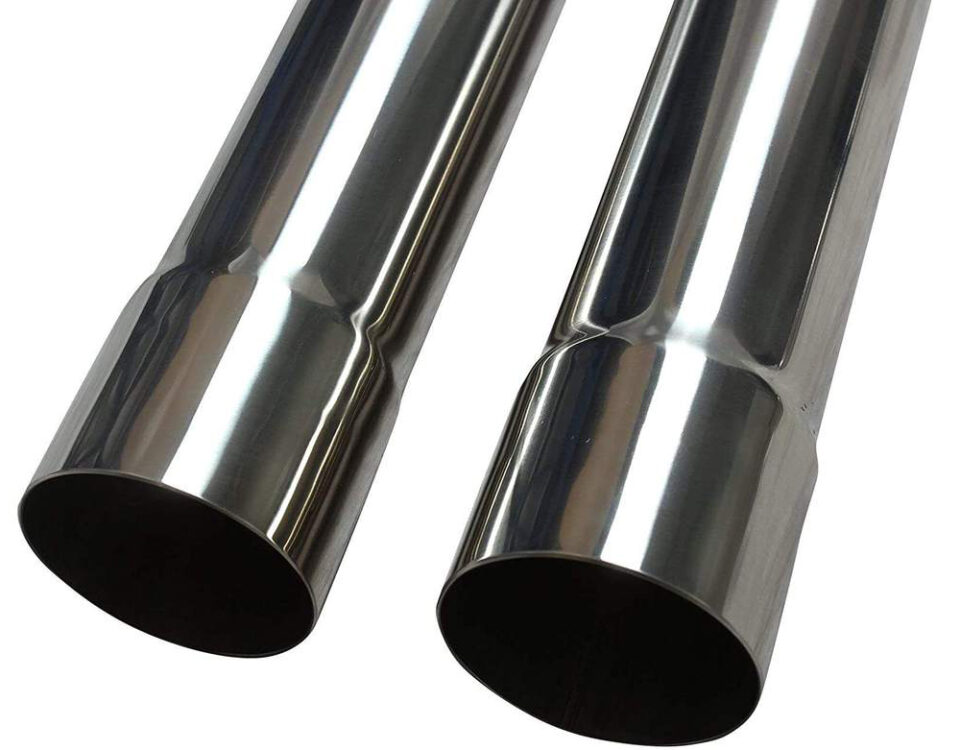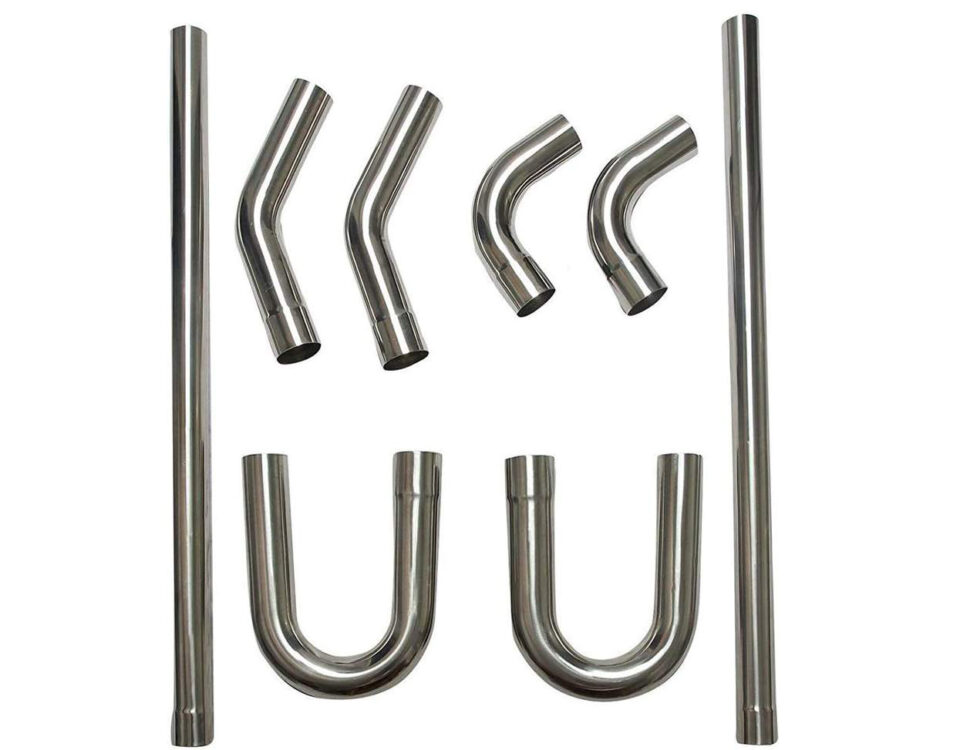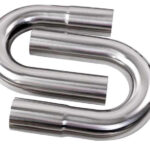
Rotary Draw Bending
October 25, 2023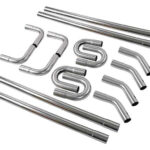
Hydraulic pipe bending
October 28, 2023Induction bending
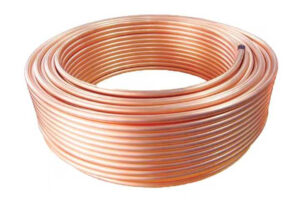 It is a manufacturing process that is used in the production of tubes and pipes. It involves using induction heating to heat a narrow section of the pipe or tube to a temperature that allows for bending without compromising the strength or integrity of the material. The process has many benefits, including its ability to produce precise, consistent bends without the need for expensive tooling or dies. In this article, we will explore the benefits of induction bending and how it is used in modern manufacturing processes.
It is a manufacturing process that is used in the production of tubes and pipes. It involves using induction heating to heat a narrow section of the pipe or tube to a temperature that allows for bending without compromising the strength or integrity of the material. The process has many benefits, including its ability to produce precise, consistent bends without the need for expensive tooling or dies. In this article, we will explore the benefits of induction bending and how it is used in modern manufacturing processes.
One of the main benefits of induction bending is its ability to produce complex shapes and profiles. This is particularly important in industries such as aerospace, where precision and accuracy are crucial. Induction bending enables manufacturers to produce parts with intricate bends and curves, which would be difficult or impossible to achieve using traditional bending techniques. As a result, aerospace manufacturers can produce lighter, more efficient parts that meet the rigorous standards required for flight.
Another benefit of induction bending is its ability to produce consistent, repeatable results. Because the process is precise and controlled, manufacturers can produce multiple parts with identical bends and shapes, ensuring that each piece fits perfectly into the final assembly. This level of precision is essential in industries such as automotive, oil and gas, and power generation, where parts must perform reliably and consistently under extreme conditions.
It is also a cost-effective alternative to traditional bending techniques. By eliminating the need for expensive tooling and dies, manufacturers can reduce their production costs and increase their profitability. This is particularly important in industries where margins are tight, or where the cost of tooling and dies can be prohibitively high, such as in the automotive industry.
Finally, induction bending is an environmentally friendly manufacturing process. Unlike traditional bending techniques, which can produce significant scrap and waste, induction bending produces minimal waste and requires very little energy. This makes it an ideal solution for manufacturers looking to reduce their environmental footprint and improve their sustainability.
In conclusion, induction bending is a versatile, precise, and cost-effective manufacturing process that offers many benefits over traditional bending techniques. Its ability to produce complex shapes and profiles, consistent and repeatable results, and its cost-effectiveness and sustainability make it an ideal solution for a wide range of industries, including aerospace, automotive, oil and gas, and power generation. As manufacturing processes continue to evolve and become more sophisticated, it is likely that it will play an increasingly important role in the production of high-quality, precision parts.

